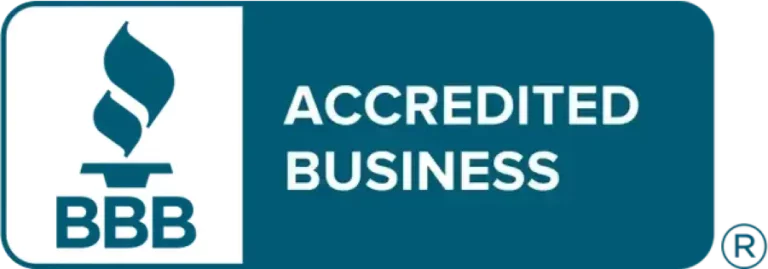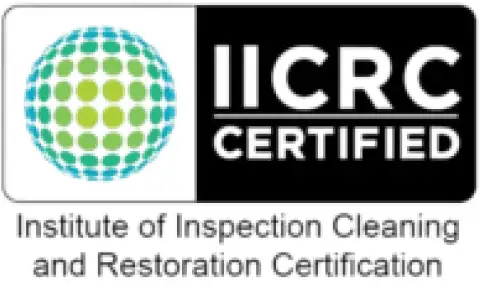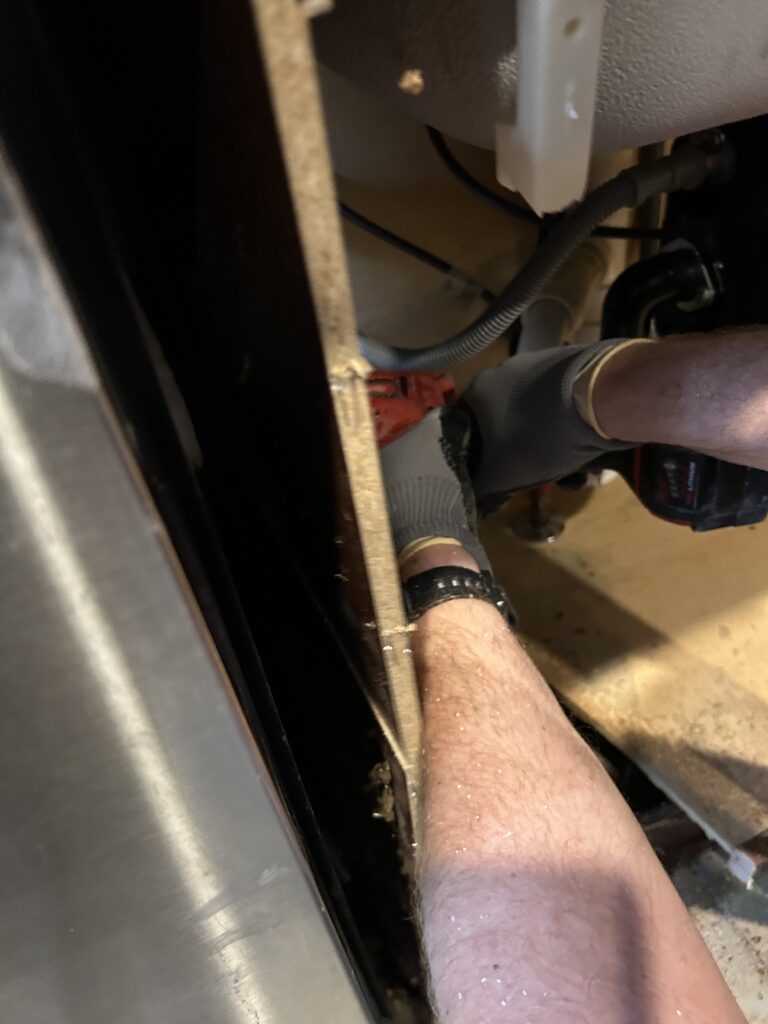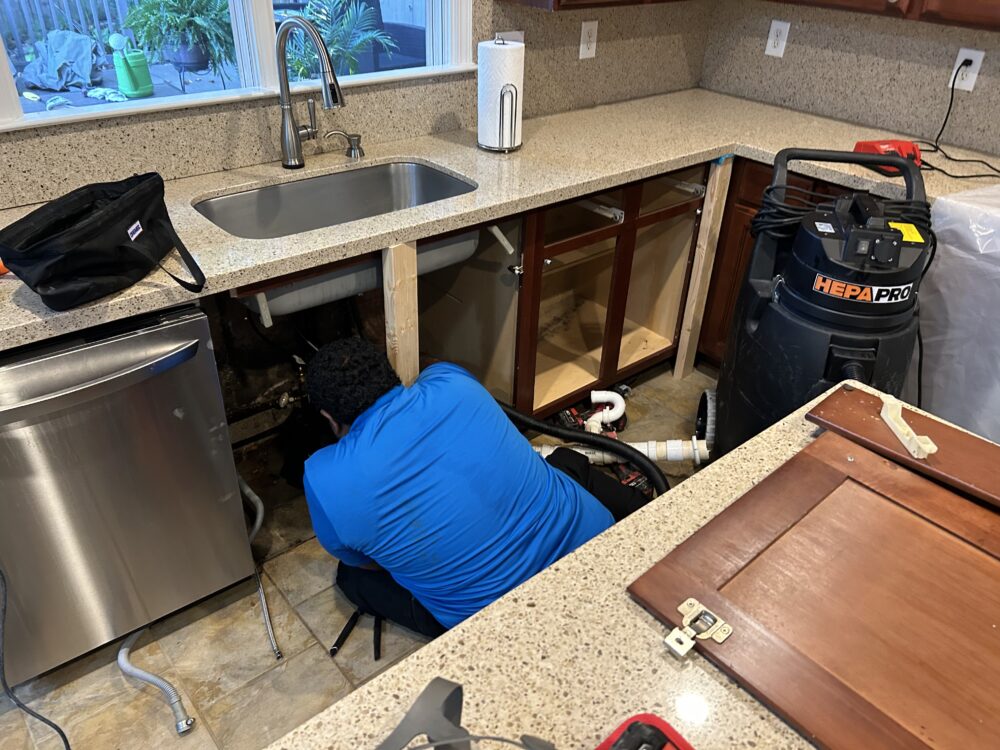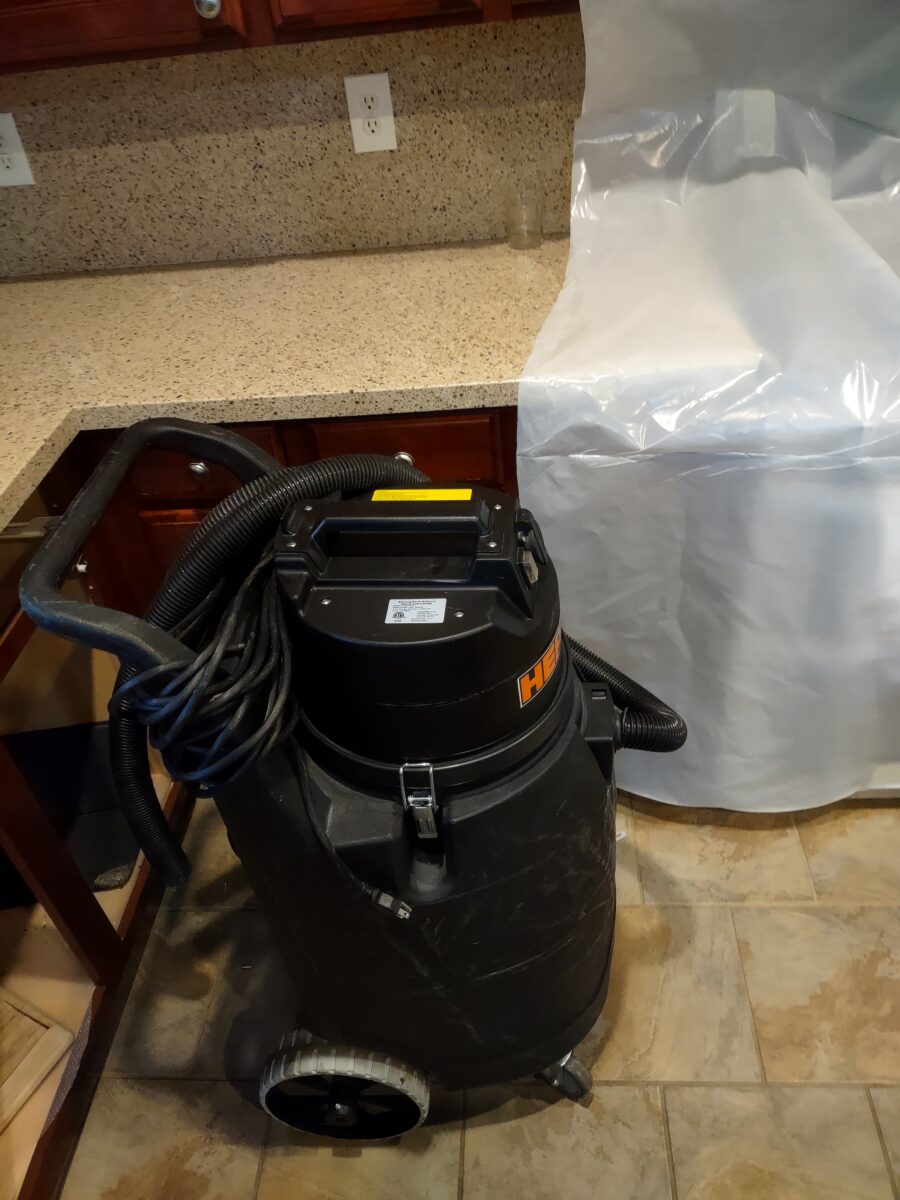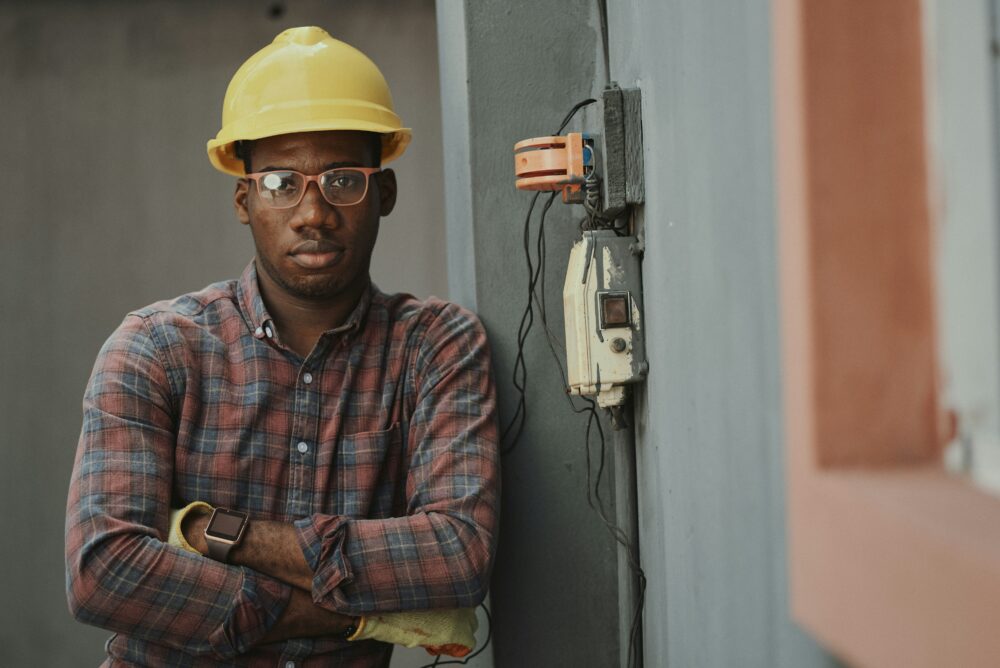- Home
- About Us
- Services
- Water Damage Services
- Mold Services
- Biohazard Cleanup
- Crime Scene Cleanup
- Suicide Cleanup
- Unattended Death Cleanup
- Infectious Disease Disinfection Marietta, GA
- Blood Cleanup Services Marietta, GA
- Tear Gas Cleanup Marietta
- Body Fluid Cleanup Marietta
- Odor Removal Services Marietta, GA
- Rodent Droppings Cleanup Marietta, GA
- Animal Waste Removal Marietta, GA
- Hoarding Cleanup
- Drug Lab Cleanup
- Before & After
- Areas We Serve
- Contact Us
Menu

